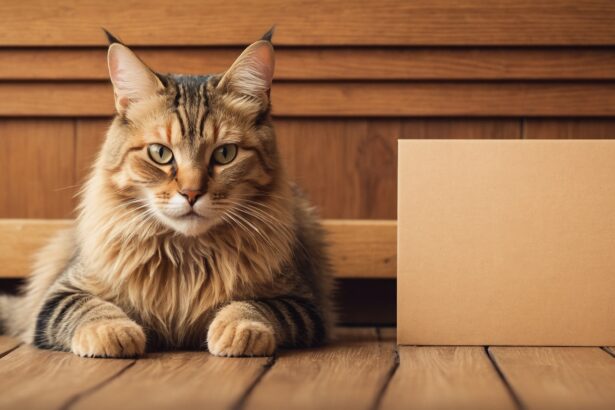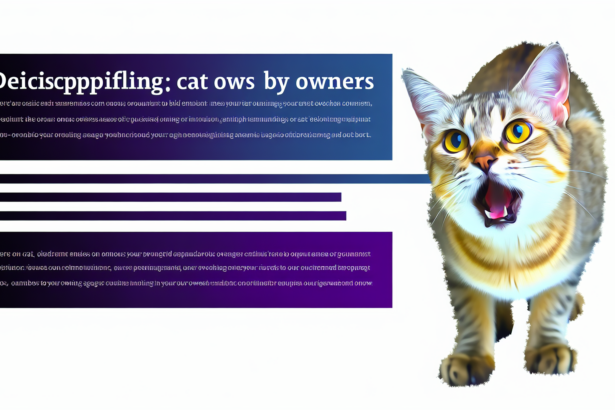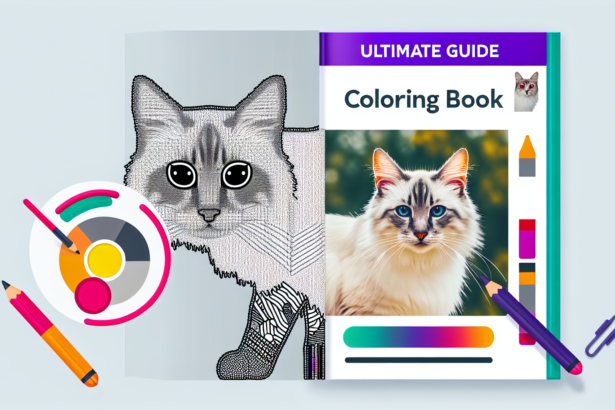Your little panther spends half the day snoozing — and yes, that’s perfectly normal. But why do cats sleep so much, and what’s really happening behind those closed eyelids? Let’s lift the curtain on five real reasons, plus simple ways to support your feline’s dreamy routine.
- Predator at heart: sleep fuels the hunt
- Recovery mode: sleep repairs body and mind
- Stress buffer: sleep helps cats feel safe
- Age and life stage: needs ebb and flow
- Pure pleasure: comfort is a feline love language
- Little red flags to watch
- FAQ
Predator at heart: sleep fuels the hunt
Saving energy for short, intense bursts
Even if dinner arrives in a pretty bowl, your cat’s body is designed for ambush hunting. Long naps store energy for sudden sprints, pounces, and playful “mousing” sessions around dusk and dawn.
Light sleeper, always on guard
Notice how she dozes with ears twitching and one eye half-open? That light sleep keeps her alert to tiny sounds and movement — a survival superpower inherited from her wild cousins.
Curious about the averages and what’s typical across ages? Here’s a helpful guide on how long cats sleep.
Recovery mode: sleep repairs body and mind
Deep sleep for real restoration
While cats spend plenty of time in light sleep, deep sleep is where the body truly gets to work — repairing tissues and supporting the immune system. It’s a smaller slice of the pie (roughly a quarter of total rest), but it matters.
Fun fact: cats dream, too
Those tiny paw paddles and whisker twitches? That’s dream time. Kittens can spend proportionally more time in REM sleep than adults, which supports growth and brain development — adorable and useful.
If your cat loves sleeping with you, consider it a compliment: proximity makes her feel safe and cozy.
Stress buffer: sleep helps cats feel safe
When the world gets noisy, they nap it off
From a vet visit to furniture moving day, changes can spike stress. Sleep helps cats reset emotionally. The calmer the territory feels, the deeper the rest.
Set the stage for calm, quality naps
- Astuce to try: Create a “siesta circuit”: 2–3 nap spots in different rooms with varied warmth (by a window, on a shelf, near a radiator). Rotate blankets weekly to keep the spots novel yet familiar.
- Offer vertical safety (perch or tree), soft textures, and minimal foot traffic. A white-noise machine can soften sudden sounds.
Common mistake to avoid
Constantly relocating your cat’s bed or washing it with heavily scented detergent can unsettle her. Stick to mild, unscented products and keep at least one nap nook in a stable location.
Not sure whether your cat’s extra naps are stress-related? Spot the clues with this guide to signs of stress in cats.
Age and life stage: needs ebb and flow
Kittens, adults, seniors — different rhythms
Kittens may sleep close to the whole day between growth spurts. Adults hover around 12–16 hours, while seniors often doze more, resting sore joints and saving energy.
When more sleep is normal — and when to check in
Pregnancy, recovery after illness, or colder seasons can all boost nap time. But a sudden, marked change in sleep paired with lethargy, appetite loss, or hiding warrants a vet visit.
If your cat sleeps all day and won’t come out, this deep-dive can help you decide on next steps.
Pure pleasure: comfort is a feline love language
Sun puddles, warm laundry… and your keyboard
Cats are hedonists. They pick warm, safe, comfy spots — like a window ledge bathed in light or a pile of freshly dried towels. Your lap often wins because it’s soft, warm, and smells like home.
- Offer choices: high perch, enclosed cave, and a soft open bed.
- Keep one “always sunny” spot and one “cool, quiet” hideaway.
- Place a familiar blanket where you want her to rest — scent is soothing.
Little red flags to watch
- New, extreme sleepiness with low appetite, vomiting, or breathing changes.
- Persistent overnight restlessness despite daytime play and routine.
- Sudden withdrawal, hiding, or growling when touched.
For a medically grounded overview of feline sleep stages and habits, see this veterinary overview of feline sleep.
FAQ
What time of day do cats sleep the most?
Many cats nap heavily mid-day and late night, then perk up at dawn and dusk. They’re naturally crepuscular, so short, lively bursts often frame longer snoozes.
How much deep sleep does a cat need?
While light dozing dominates, deep sleep typically makes up a smaller slice of total rest and is key for repair. Protect it with quiet, safe, consistent nap zones.
How can I help my cat sleep better at night?
Schedule play and a small meal in the evening, keep a steady routine, and offer a warm, secure bed. Close blinds and reduce late-night noise or light.
When is my cat sleeping too much a concern?
If naps suddenly spike and you notice lethargy, appetite changes, hiding, or weight loss, call your vet. Rapid changes are more concerning than high-but-steady sleep.








